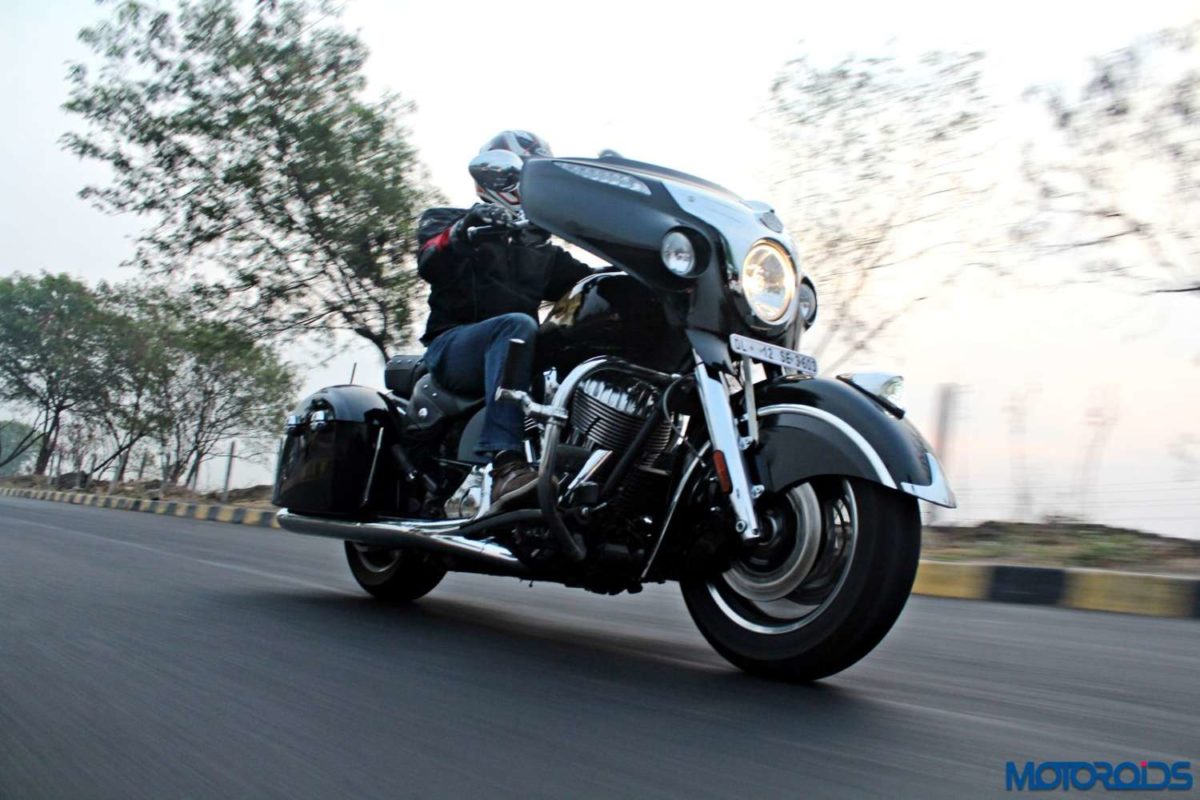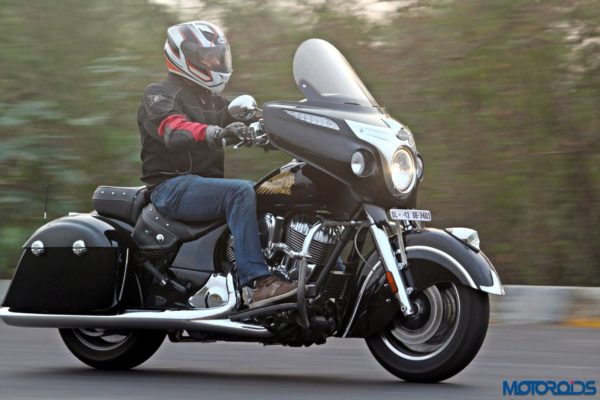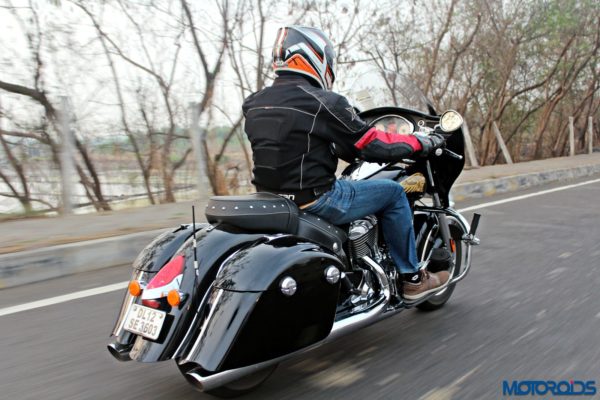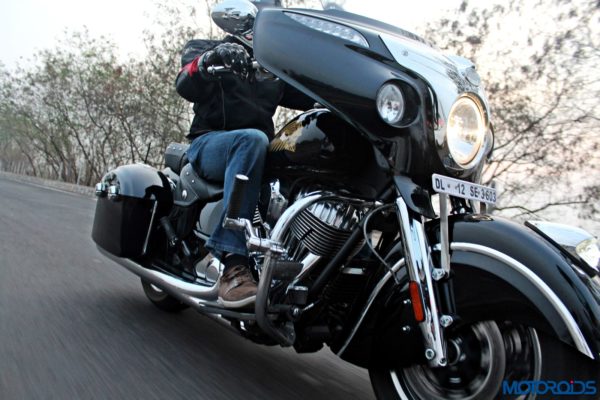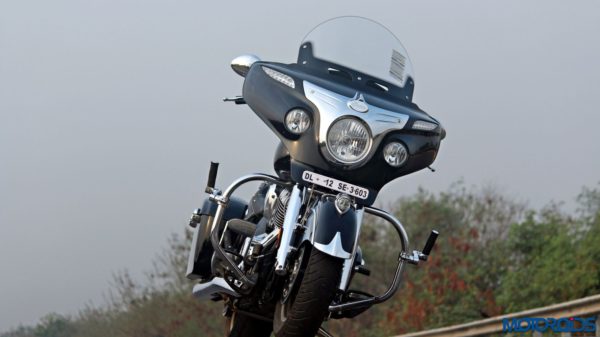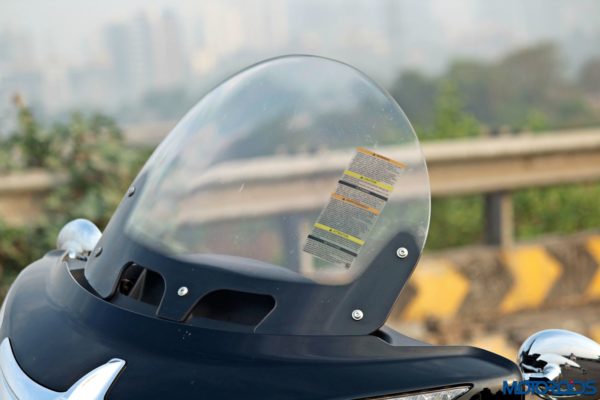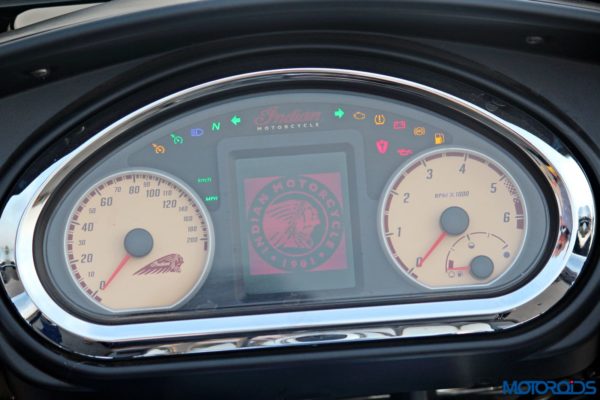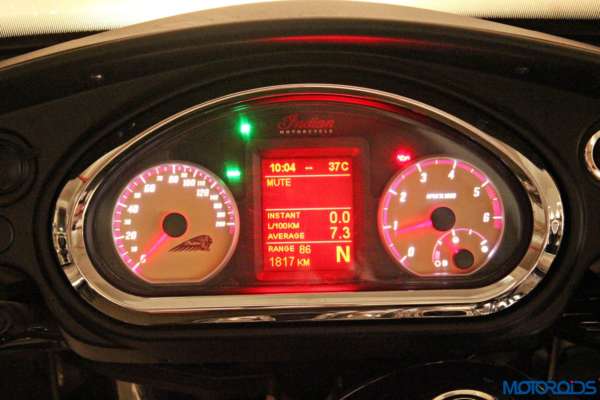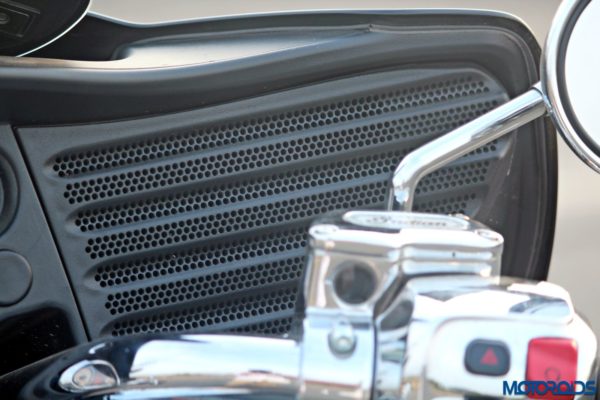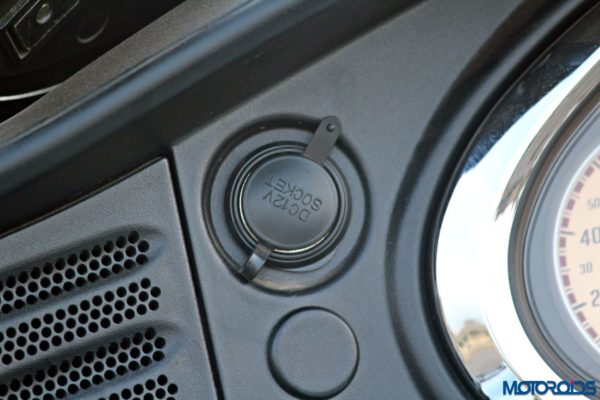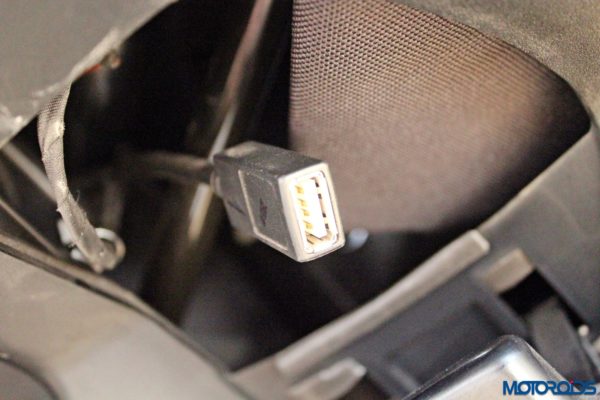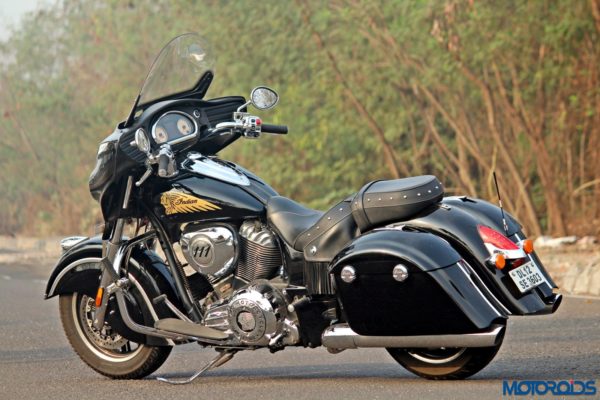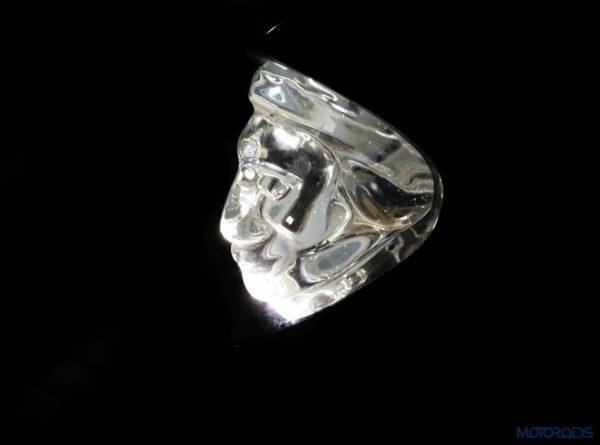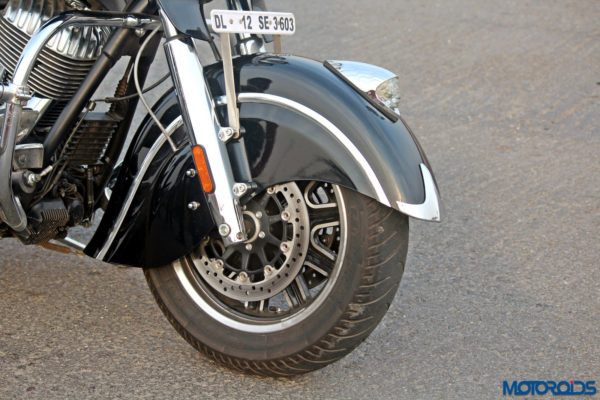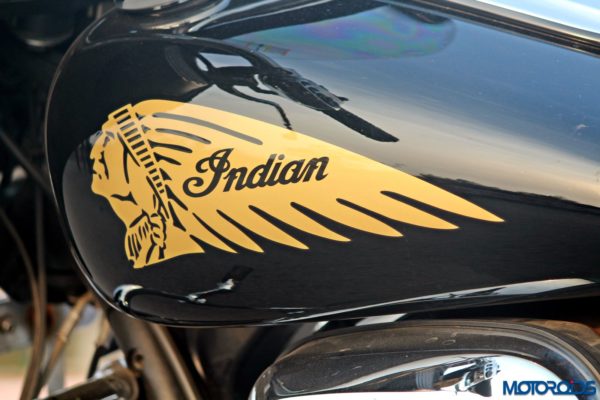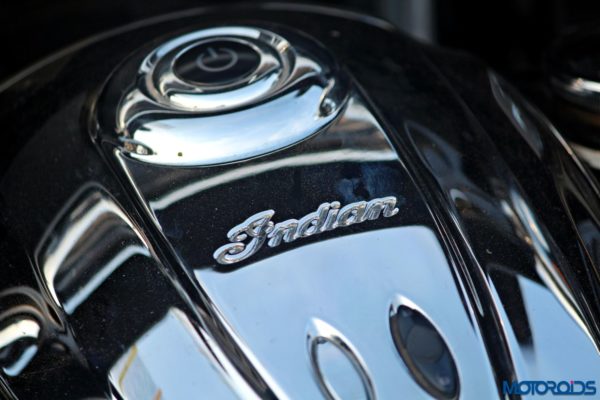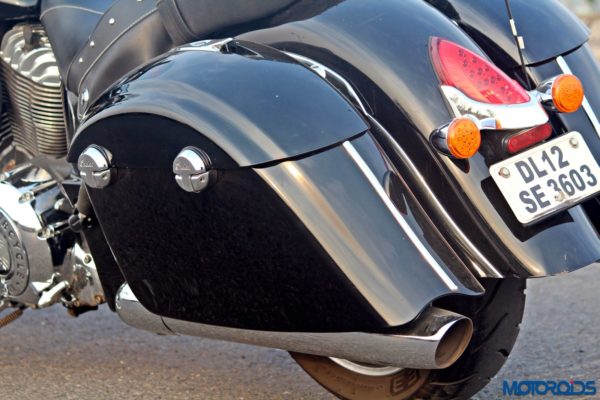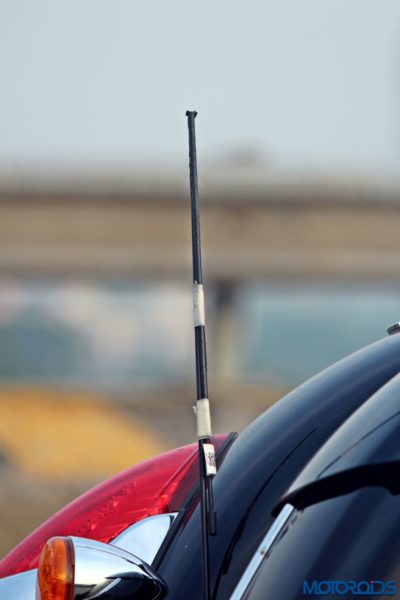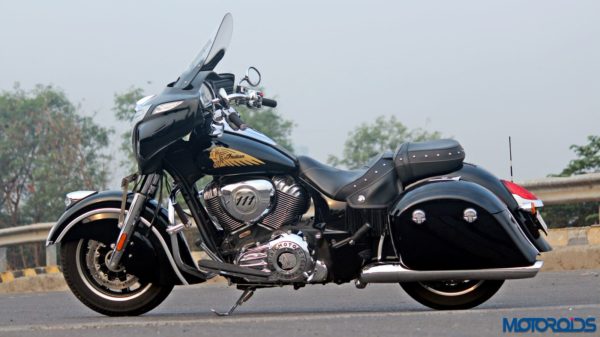How often do you come across a motorcycle that is eight and a half feet long and 370 kilos heavy? How often does a motorbike makes you check twice if what you’re riding does really have two wheels and is not a convertible instead? Well, the Indian Chieftain did that to us. If the Indian Chief Vintage could be called the Chariot of Gods, dressed in black, the Indian Chieftain is a modern day Barouche for Erebus.
Images: Chirag Mondal
With only black and chrome filling up the visual mass, the Indian Chieftain exudes such mighty presence that it doesn’t attract attention; it commands respect and admiration even from the most disinterested of souls. It isn’t a boy racer that screams a widowed howl to set your pulses racing, but is more of a Gentleman’s express that like some Tetrodotoxin, brings your insides to a standstill. Resurrection though, is taken care of by the 111 cubic inches, V-Twin Thunderstroke motor. Mechanically similar to the Indian Chief Vintage that we reviewed earlier (Click the blue part to get there), there are some key differentiators which make the Chieftain just as remarkable and outstandingly special. Let’s get down to business then.
Appearance & Kit
The biggest change on the Indian Chieftain has to be the large front fairing, which in comparison to the Chief Vintage, has been sculpted to incorporate front headlights, blinkers and an electrically adjustable windscreen. The main headlamp is swallowed by a wing shaped patch of chrome that looks like a symbol for some secret society. Flanking the main candle, which always stays lit are two auxiliary lights, while two striking LED blinkers extend towards the edges to complete the picture.
The curved windscreen is a motorized, adjustable unit, controlled via two buttons placed on the left hand side switchgear console. Although it does a commendable job of keeping wind blast away, at no point does it completely vanish inside that black fairing. The world ahead then, is always seen through that polycarbonate screen.
Once on the saddle, what occupies prime space below the windscreen is an instrument cluster that wouldn’t look out of place on a four wheeled parallel to the Chieftain. It is a modern unit that incorporates a digital display flanked by analogue dials for the speedometer, engine speed and fuel gauge on either sides. The digital display reads out a gamut of information that includes, speed, engine revolutions, distance to empty, twin tripmeters, instantaneous and average fuel economy, gear position display, outside temperature, tire pressure, engine hours of operation, engine oil life percentage, average speed, battery voltage, radio information, vehicle trouble code and when you forget to strap that Speedmaster around your wrist, the time. The space above that trio is occupied by tell-tale lights for ABS, Cruise control and every other modern bit that’s neatly tucked under this UNESCO world heritage site on wheels.
Occupying space along with the chrome lined instrument cluster is a 12V power outlet and a large switch for the front auxiliary lights. Next to that on either side are two 100 watt speakers! Yes, you read that right. They aren’t there for you to attach a microphone and announce your intent to invade Rome, but to listen to your favorite music via Bluetooth, a USB stick or if you wish, tune in to local radio. The sound that comes out is loud, really loud and crisp. The space beneath the right speaker has a glove box that has a USB slot and space to hold your cell phone too, should you wish to connect it with the music system via a USB cable.
The large U-shaped chrome piped handlebar has been carried over from the Chief Vintage and gets similar grips and eye-shaped mirrors. However, the switchgear on the Chieftain gets additional buttons to operate the motorized windscreen and toggle between the various parameters on the display unit.
What has also been been carried over from the Indian Chief Vintage is the large front fender that has an illuminated war bonnet. Hiding beneath that metal frock is a 16” multi-spoke alloy wheel wrapped in 130 section Dunlop rubber. The fuel tank is the same 20.8 liter unit, however, unlike the 3-D Chrome emblem present on the Vintage, gets the face representative of the brand in gold plastered across instead. The fuel filler cap on the left is a dummy, while the central space is occupied by a large slab of V-shaped chrome that gets a Start/Stop button and another little button for locking the rear panniers.
Unlike the aged leather that comes with the Chief Vintage, the Chieftain gets hard fiber panniers that can swallow quite a good amount of luggage and are remotely lockable via the key fob or the switch on the tank. Every other bit is similar on both bikes, except that the Indian Chieftain also comes with an Antenna that could break if the pillion carelessly swings his/her foot over, like it did on our test bike. Just for the record – we didn’t break it. For those who appreciate the finer details in life, the quality of workmanship and finish of materials on this motorcycle is stratospheric. Every detail has a hammer and chisel tale it can narrate, while the entire execution makes you stop and stare in amazement.
Next page for Performance, Ride & Handling…

